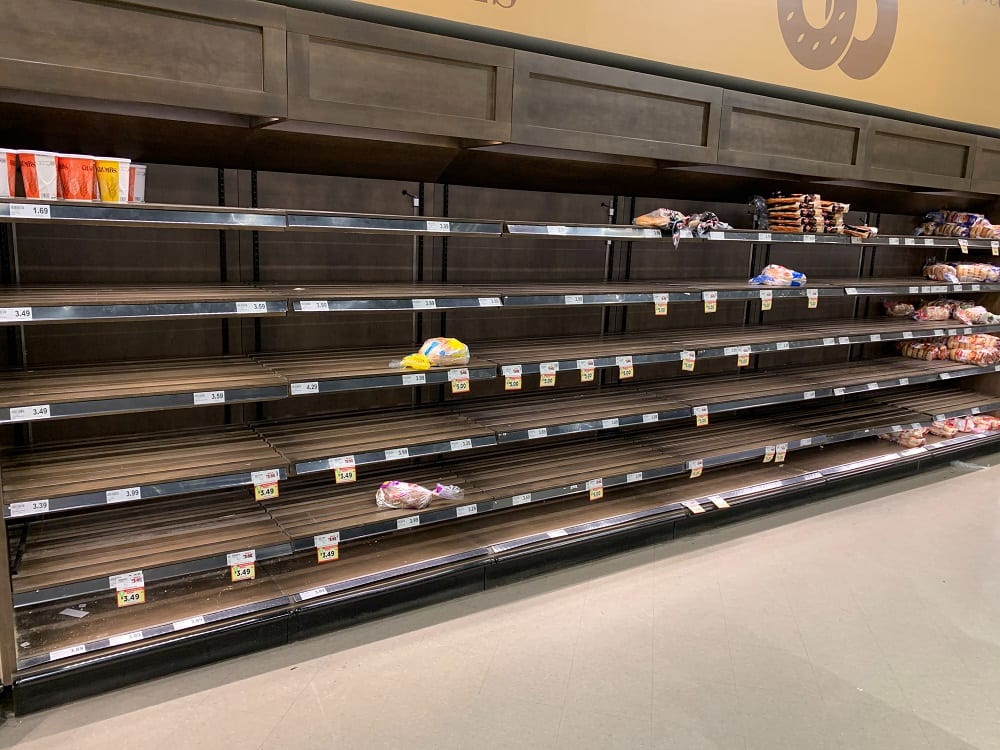Starting a company is an exciting and sometimes overwhelming process. With so many things crowded onto your to-do list, choosing industrial shelving might not seem like a priority, but it’s more important than you might think. In the long run, choosing the right industrial shelving can save you time and money. Getting shelves that can adapt and grow with your company means that you won’t be looking at a major storage space overhaul in the future. Feeling a bit lost on how to choose the right shelving for your new business? Here are four questions you’ll want to ask yourself.
How much does your stock weigh?
Different types of industrial shelving options serve different purposes. Some storage shelves are heavy-duty, while others are designed for lightweight items. The average business is going to be dealing with stock and supplies that vary in weight. If you are going to decide how to organize a stock room, your first goal should be to figure out how much you have in each weight category.
Are the majority of your items oversized, or are you dealing with lightweight products? Is it 50/50? Figure out approximately how many items you have in each weight category.
When you start shopping for industrial shelving, you’ll find shelves that support 60 kg, 95 kg, 175 kg, 200 kg, 250 kg and 400 kg. Depending on how you organize your stockroom, putting items that weigh 60 kg on shelves that have a 400 kg capacity can be a waste of space.
How much space do you have available?
With the price of renting a warehouse soaring across European countries, it’s important to make the most out of the space that you have available to you. Before you commit to using the storage space, make sure that you are maximising the area that you have available. If your space is limited, you will typically want to organise your stockroom by using the tallest shelving that is practical.
If you are storing lightweight items on shelves with a heavy weight capacity you might need to rethink your storage plan. Generally speaking, it’s best to get tall and narrow shelving for lightweight stock. Shelving with a higher weight support capacity is going to be wider and take up more space.
Do you need pallet racking or industrial shelving?
Industrial shelving is great because it’s easy to assemble and ultra-portable. Pallet racking, on the other hand, is perfect for high-density warehouses. While we often use the terms “rack” and “shelf” interchangeably, these are two completely different things.
Industrial shelving is where you want to store items that will be collected by hand, whereas items that will be transported by forklift require pallet racking. The great thing about pallet racking is that you aren’t limited by the height that your employees can reach to grab items, so the sky’s the limit.
When it comes to long-span racking, you’ll be looking at measurements like 2000h x 2400w x 600d with a 500 kg capacity per shelf. In contrast, you’ll find an incredibly wide range of industrial shelving size options with a mid-size shelving unit being approximately 1800 x 900 x 450 with a 175 kg capacity per shelf.
It’s very possible that your new business will need both pallet racking and industrial shelving. If that’s the case, it’s critical to create the right layout for your warehouse.
How should you decide on a stockroom layout?
When it’s time to organize your stockroom, there are a number of things to consider. While it might be instinctual to just store things where they fit, it’s critical to consider location. Storing items far from where they are needed will create constant delays. Your first priority when organizing your shelving is to figure out which items will be high frequency. Make sure that those items are nearby and easy to acquire at a moment’s notice.
Beyond just accessibility, it’s important to also think about how easy it will be to receive shipments. Be sure to organize your stockroom so that the traffic flow in and out is as easy and seamless as possible.
Warehouse layouts should also take health and safety precautions into consideration. Ensuring all exits, especially emergency exits, are never obstructed and that all items are securely stored in the event of storms or extreme weather is crucial. Power outages caused by the snowstorms in Texas earlier this year affected a warehouse that was storing doses of the coronavirus vaccine, for example. With unexpected circumstances such as these, extra thought and consideration should be given to the protection and location of warehouse goods.
Internal health and safety precautions can also be taken through warehouse monitoring. The location of both employees and machinery can be tracked using sensory monitors, which can alert warehouse management if an employee enters a dangerous area or if a forklift deviates from its intended route. This helps to enforce better safety protocols in busy warehouses and is an extremely efficient way of preventing warehouse accidents.
Industrial shelving at RackZone
RackZone we specialize in industrial shelving and pallet racking. We offer a range of storage systems that have been inspected to ensure products are in excellent structural condition, function properly and appear as described. We aim to give you great products at a great price with exceptional service.


